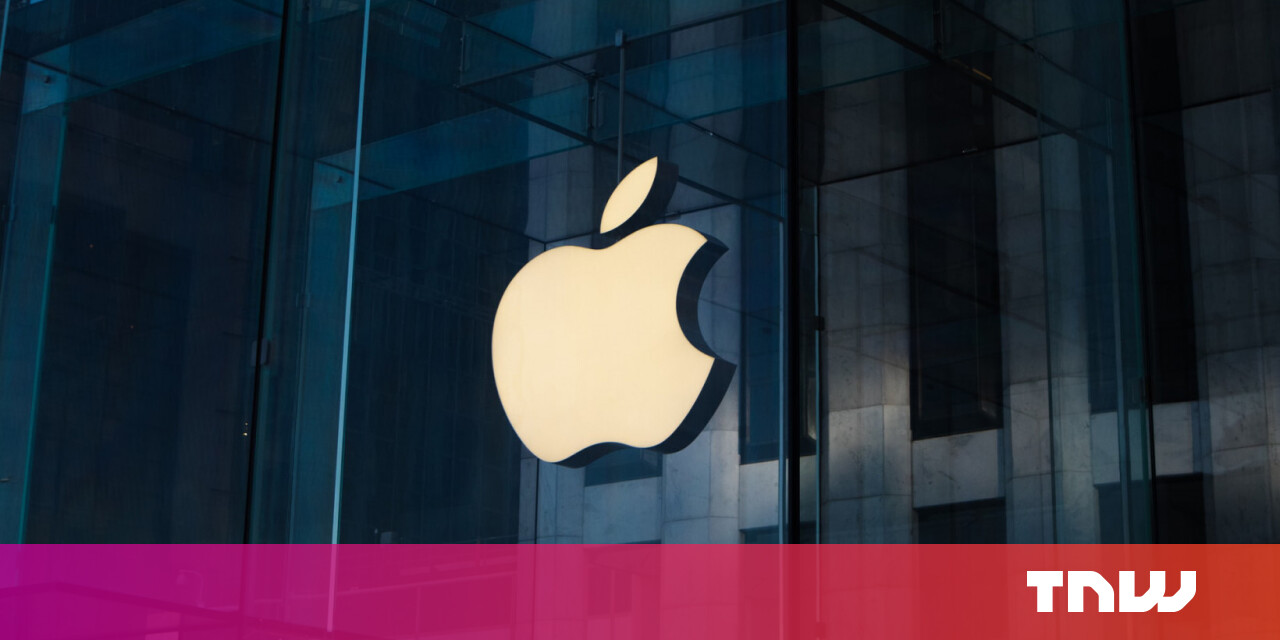#How to make PPC work for SMBs

Table of Contents
Learn PPC strategies to help SMBs compete with larger companies through smart targeting, bidding, and optimization for maximum ROI.
Smaller budgets, limited data and an emphasis on quick ROI mean that SMBs can’t simply replicate the strategies of big brands. Instead, they need a tailored approach to make every dollar count.
This article outlines the key differences between enterprises and SMBs when it comes to PPC and specific optimization tactics for maximizing ad spend.
Enterprises vs. SMBs: Differences in PPC strategy
Budget
One of the biggest differences between SMBs and larger organizations is the amount of money/budget available to them.
Smaller companies could have an ad spend budget of $5,000 per month, while larger companies in the same space might be able to spend $5,000 per day.
This significantly impacts marketing strategy. To deal with lower budgets, targeting should have a narrower focus to prioritize the most important audiences. Some strategies to tighten up coverage include:
Phrase and exact match keywords
Broad match keyword performance may have improved in recent years (for some advertisers), but they still tend to struggle in smaller accounts because of limited budgets, data and how many searches they can match.
While phrase and exact match keywords are still eligible for close variant matching, you retain much more control over the queries they match to compared to broad match.
Localized geo-targeting
Start by targeting your core service areas or a specific region. You can then test expanding your footprint more intentionally once those campaigns run efficiently or if more budget opens up.
- For example, you’re working with a local ice cream store that can ship anywhere in the U.S. Targeting the entire country would likely eat up the budget without significantly impacting their sales.
- Instead, I’d recommend targeting a 25-mile radius around the store so that they saturate the search engine results page for any searches related to ice cream in their area. From there, they can expand into neighboring counties and work their way up to the rest of the state, region, etc.
Local and/or long-tail keywords
Longer, more specific keywords will help eliminate some of the extra noise that comes with query matching. Combine this with phrase or exact match types and tighter geo-targeting, and you get a nicely refined audience that maximizes your budget.
- For example, targeting “ice cream” is very open-ended and would likely result in wasted spend. However, [ice cream store near me] makes it much clearer what the user’s intent is and would be highly relevant to a local shop.
Small to medium-sized B2B companies are another important segment to highlight. These businesses often deal with search terms that overlap with a larger, unrelated audience, and they can benefit greatly from longer-tail keywords.
- For example, an ingredient supplier that wants to sell their products to corporations like Coca-Cola, not an individual consumer. Targeting something like “bulk sweetener” may result in traffic from people looking to buy for their own kitchen or office. Instead, I’d recommend targeting more specific terms like “wholesale stevia supplier” and “commercial grade sweetener distributors”.
Dig deeper: 2024 PPC budgeting: How to plan and secure your ideal budget
Volume
Another difference is that many SMBs deal with lower volume than large companies. This could be due to various factors, such as lower budgets, smaller service areas, longer sales cycles, or offering more niche products/services.
One major problem with having low volume is that it makes it more difficult for automation to work in the account’s favor. At the very least, it will take more time for data to be collected and the systems to learn, but not every business is willing or able to wait for something that might eventually work for them.
- For example, a construction company with a limited budget and long sales cycle gets an average of 5 leads per month from Google Ads campaigns. However, the more data you collect, the faster the ad platform’s algorithm will learn and the better your campaigns will perform. Because this company doesn’t receive much data each month, they may struggle to see results if they start with a Maximize Conversions bidding strategy.
- Another example is Target CPA bidding. Historically, Google Ads has recommended testing this strategy with a daily budget 10x higher than your CPA. SMBs with a tCPA of $50 likely aren’t able to set one campaign to spend $500/day.
Manual bidding strategies are a great starting point to combat lower volume. This allows you to retain more control while data is collected instead of handing over the reins to companies incentivized to spend your money.
That’s not to say that automation can’t help smaller accounts – it’s just important to know what the system needs to be successful. Feeding higher-quality data will allow the algorithms to learn best, such as offline conversions and CRM imports.
Emphasis on ROI
Lastly, SMBs want to see a return on their investment quickly and can’t afford to wait a long time to start seeing leads, sales, etc. As a result, focus on capturing existing demand first.
Search and Remarketing will likely be most impactful to start, as these users have much higher intent to convert than those who would be targeted in a top-funnel awareness campaign.
You should also make sure that all conversion tracking is reliable and accurate to clearly determine what is or isn’t successful.
Dig deeper: Setting PPC goals: How to tailor KPIs and metrics for each funnel stage
PPC optimization tactics for SMBs
When you’re dealing with lower budgets and volume with an emphasis on ROI, I recommend prioritizing refinements before expansion.
We all want to grow and scale our accounts, but it’s important to first make the most of the existing budget. This ensures you’re reaching the most relevant audience possible, setting up any future expansion efforts for success.
Below are optimization tactics focused on refining spend and improving audience/traffic quality:
Review the Search terms and Placement reports regularly
- Do this at least once a month to identify and prevent irrelevant traffic.
- Adding negative keywords is crucial for any Search campaign, especially for SMBs.
- If the account runs on Display or Video Networks, consider excluding mobile apps, children’s YouTube channels and other spammy sites/channels/etc.
Avoid unnecessary networks to ensure ads appear where you want them
- For Search campaigns, opt out of the Google Display Network and consider opting out of Google Search Partners.
- While Microsoft Advertising no longer allows advertisers to opt out of the Audience Network for Search campaigns, you can still exclude websites at the campaign and account level.
- For social campaigns, consider opting out of the platforms’ external networks, such as the LinkedIn Audience Network for LinkedIn campaigns.
Test bid modifications, ad schedules and exclusions based on performance analyses
- For example, you reviewed your Google Ads day and device data and found that 12 a.m. to 4 a.m. on weekends, and tablet devices all have a CPA at least 5x higher than the account average. From there, you can test a -25% bid modification from 12 a.m. to 4 a.m., -10% bid modification for tablets, and only run campaigns on weekdays.
- You then conducted location and audience analyses and found that current college students and people in Montana never converted. To limit spend on these non-converting segments, you can exclude current college students and test a -50% bid modification in Montana.
- On LinkedIn, you compared the Demographics Report to your actual campaign targeting and found that 80% of your impressions came from people with a job function in Sales (even though this is outside your target audience). You can then exclude the Sales function from all campaigns.
Make sure the website is optimized for conversions
- Lastly, if you’re running campaigns for an SMB, the website must be ready for traffic to come through.
- If you direct people to a page that has minimal information, no conversion tracking, poor speed and/or design, etc., your PPC campaigns will not be set up for success.
- The strategies and refinement tactics above will matter significantly less if landing pages are not optimized.
Dig deeper: 5 tips for effective PPC bidding on a budget
Making every PPC dollar count for SMBs
Small and medium-sized businesses face different problems compared to companies that have 1,000+ employees and significantly more revenue. PPC is no exception, with many SMBs facing the reality of having a limited budget, less data and greater pressure for results.
Paid media can also be intimidating for smaller organizations when they see big brand names competing in the same space. However, it can quickly become a key component of the marketing mix by implementing tighter targeting, maximizing control over ad spend, implementing robust and accurate conversion tracking, and testing ongoing refinements.
If you liked the article, do not forget to share it with your friends. Follow us on Google News too, click on the star and choose us from your favorites.
If you want to read more like this article, you can visit our Technology category.




